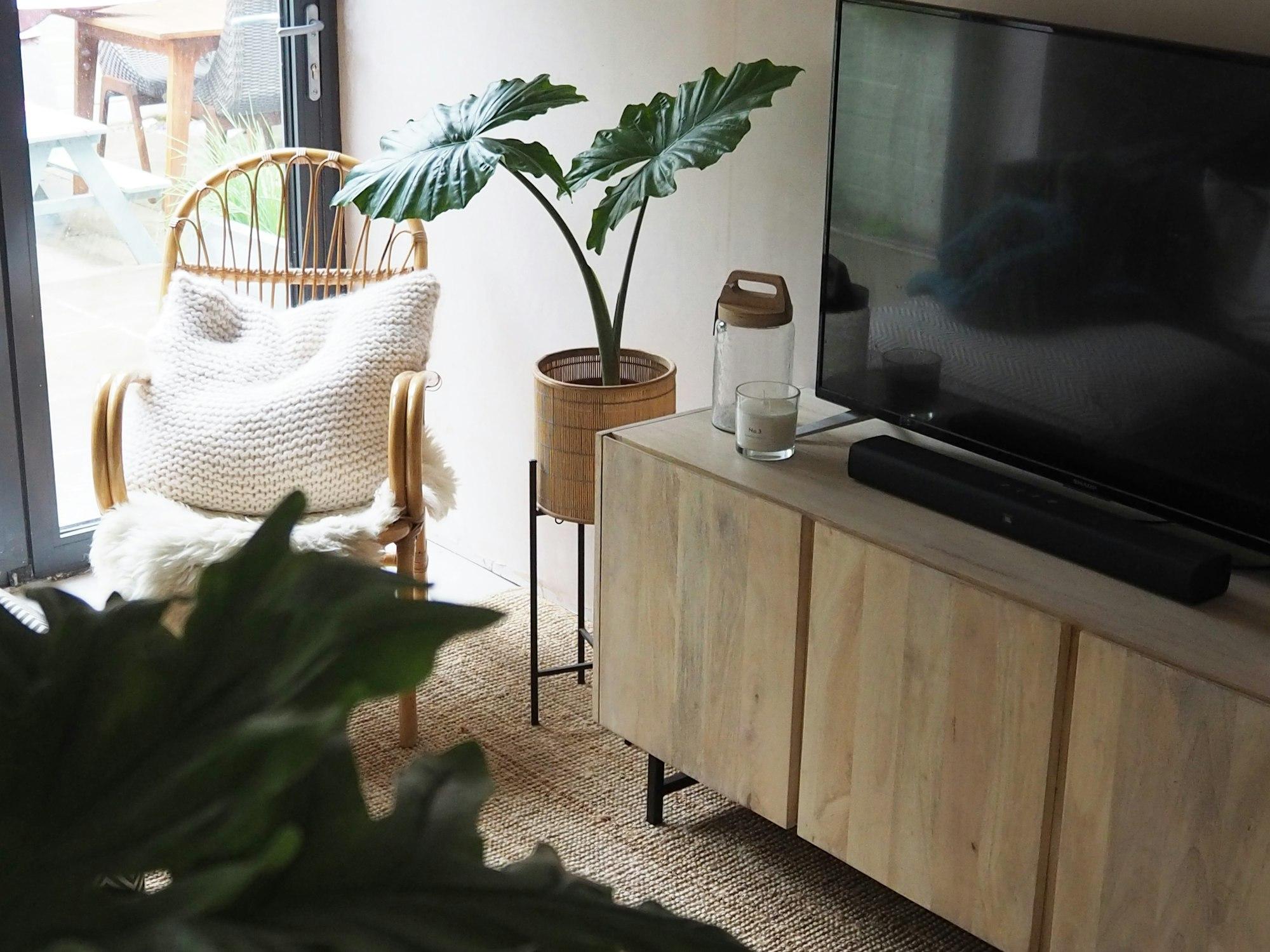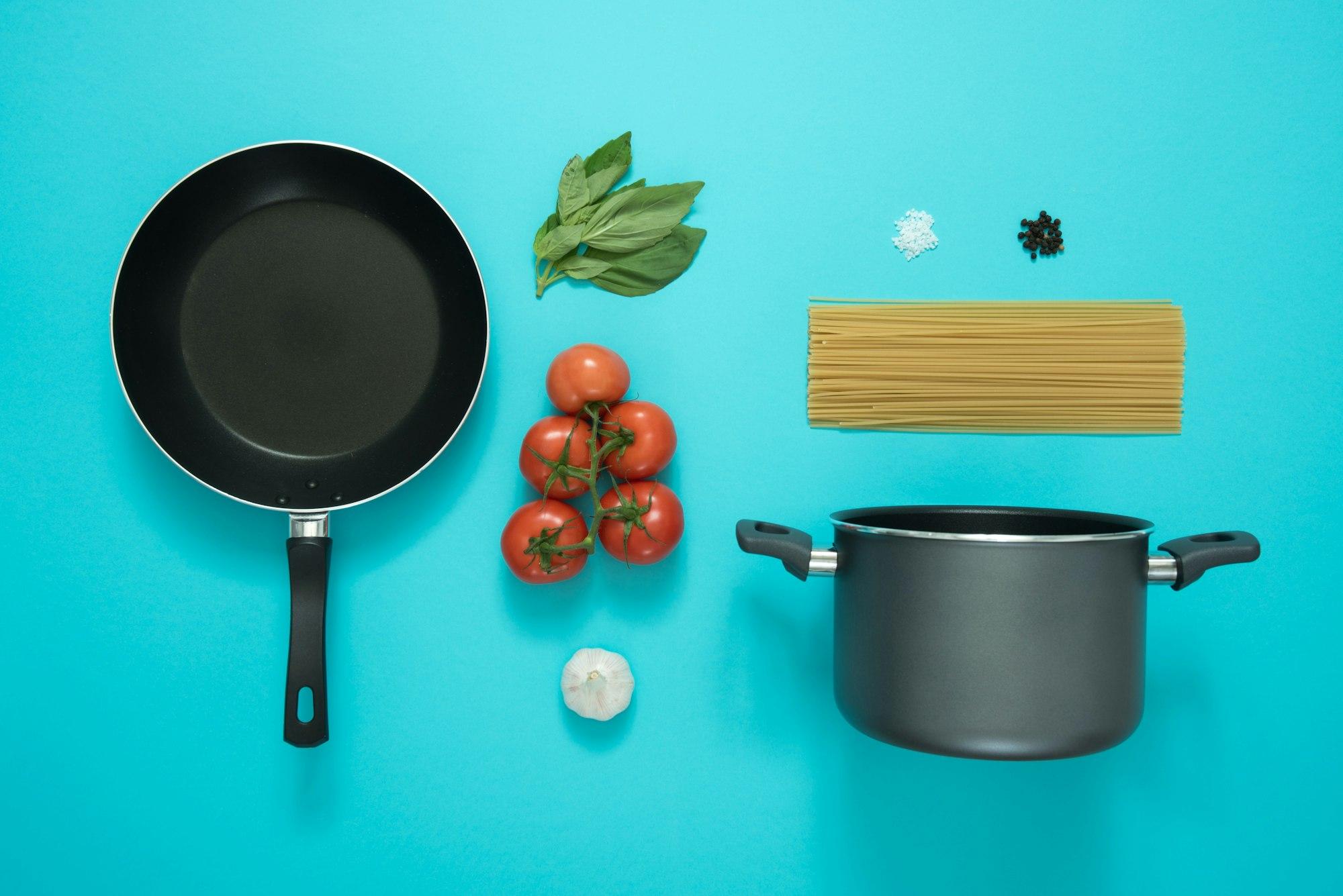What is a Jute Rug?
Jute rugs weave nature's golden threads into home decor, grounding modern spaces with their earthy warmth and texture. These versatile floor coverings prove that sustainability and style can walk hand in hand, bringing a touch of the tropics to interiors from beachside bungalows to urban lofts.

Photo by James Hollingworth
Step barefoot onto a jute rug, and you might think you've been transported to a sun-drenched coastal bungalow or a zen retreat in the heart of nature. These textural wonders have a way of grounding a space—literally and figuratively—bringing a touch of organic warmth to our often too-synthetic interiors. But what exactly is a jute rug, and why has it become the darling of interior designers and eco-conscious homeowners alike?
The Essence of a Jute Rug
A jute rug is a floor covering made from the fibers of the jute plant, a tropical herb grown primarily in India and Bangladesh. It's the earthy equivalent of your favorite linen shirt—natural, breathable, and gets better with age. These rugs are known for their distinctive golden-brown color, coarse texture, and impressive durability.
From Plant to Rug: The Journey of Jute
The story of a jute rug begins in the flood plains of the Ganges Delta. Here, jute plants thrive in the humid climate, growing up to 12 feet tall in just a few months. After harvesting, the jute fibers are extracted through a process called retting, where the stalks are soaked in water to soften them.
Once extracted, these fibers are spun into coarse strands and then woven into rugs. The result is a product that's not just a floor covering, but a piece of nature brought into your home—complete with all the subtle variations and imperfections that make natural materials so charming.

Characteristics of Jute Rugs
What sets a jute rug apart from other types of rugs? Here are its key features:
- Natural Color: Typically a warm golden-brown, though it can be dyed.
- Coarse Texture: Provides a distinctive underfoot feel and visual interest.
- Durability: Surprisingly tough, standing up well to foot traffic.
- Eco-Friendly: Biodegradable and sustainably produced.
- Affordable: Generally less expensive than many other natural fiber rugs.
Types of Jute Rugs
While the base material remains the same, jute rugs come in various styles:
- Braided Jute Rugs: Featuring interwoven braids for added texture.
- Flat-Weave Jute Rugs: A smoother option with a lower profile.
- Jute and Cotton Blend: Combines the durability of jute with the softness of cotton.
- Patterned Jute Rugs: Incorporating designs through dyeing or weaving techniques.
- Jute Area Rugs: Large rugs designed to anchor a room.
The Versatility of Jute Rugs
One of jute's greatest strengths is its ability to complement various decor styles:
- Coastal: Its natural tones evoke sandy beaches and driftwood.
- Bohemian: The perfect base for layering with colorful textiles.
- Farmhouse: Adds organic texture to complement rustic elements.
- Modern: Provides a counterpoint to sleek, contemporary furnishings.
- Eco-Chic: Aligns with sustainable design principles.

Choosing the Right Jute Rug
When selecting a jute rug, consider these factors:
- Size: Measure your space carefully. Jute rugs can help define areas within a room.
- Pile Height: Consider whether you want a flatter weave or a chunkier texture.
- Color: While natural jute is beautiful, dyed options are available if you need a specific hue.
- Blend: Pure jute or a jute blend? Blends can offer additional softness or durability.
- Room Placement: Consider foot traffic and exposure to moisture.
Styling Your Jute Rug
Jute rugs are incredibly versatile. Here are some styling tips:
- Layer a smaller, colorful rug over your jute rug for added visual interest.
- In a dining room, ensure your jute rug extends well beyond the table for a cohesive look.
- Pair with natural wood tones to enhance the organic feel.
- In a bedroom, place a jute rug under the bed, extending out to frame the space.
- Use in an entryway for a welcoming, textural greeting.
Jute Rugs vs. Other Natural Fiber Rugs
While jute has unique advantages, it's worth comparing it to other natural fiber options:
- Sisal: Generally more durable than jute, but also rougher.
- Seagrass: More resistant to stains and moisture than jute, but less soft.
- Wool: Softer and more luxurious than jute, but also more expensive.
- Cotton: Softer and easier to clean than jute, but less durable.
Caring for Your Jute Rug
To keep your jute rug looking its best:
- Vacuum regularly on a low setting to remove dust and debris.
- Blot spills immediately to prevent staining.
- Avoid placing in high-moisture areas, as jute can be prone to mildew.
- Rotate periodically to ensure even wear.
- For deep cleaning, consider professional services experienced with natural fibers.
Final Thoughts
Jute rugs are more than just floor coverings—they're a statement about bringing nature into our living spaces, about choosing materials that are kind to the earth and pleasing to the senses. Their ability to add warmth, texture, and a touch of the organic to any room has made them a favorite among designers and homeowners seeking to create spaces that feel both grounded and inspired.
From their humble beginnings in the flood plains of South Asia to their place in homes around the world, jute rugs carry with them a story of sustainability, craftsmanship, and timeless appeal. They remind us that sometimes, the simplest materials can have the most profound impact on how we experience our living spaces.
So, if you're looking to add a touch of nature's warmth to your home, consider a jute rug. It's not just a rug—it's a little piece of the earth, woven into a form that's as practical as it is beautiful. After all, who says you can't bring the great outdoors inside?
Check out jute rugs and other natural fiber options on Spoken and never overpay making your home beautiful!
Quick facts
What are the disadvantages of jute rugs?
Jute rugs have some drawbacks: they're not very durable in high-traffic areas, can shed fibers, and are prone to staining. They're also sensitive to moisture, which can lead to mold or mildew. Jute rugs can be rough on bare feet and may not be suitable for people with allergies or sensitive skin.
Are jute rugs soft or scratchy?
Jute rugs are generally more on the scratchy side due to their natural fiber composition. While not as soft as wool or synthetic rugs, they do soften slightly with use. The texture can be described as coarse or rough, which some find appealing for its natural look but others may find uncomfortable for bare feet.
What happens if a jute rug gets wet?
If a jute rug gets wet, it can lead to several issues. The fibers may swell and weaken, potentially causing the rug to warp or shrink. Moisture can also lead to mold or mildew growth. Quick drying is crucial to prevent damage. In severe cases, water exposure may permanently alter the rug's appearance and structure.
Are jute rugs rough to walk on?
Yes, jute rugs can be rough to walk on, especially with bare feet. Their natural fibers create a coarse texture that some find uncomfortable. While they do soften slightly with use, jute rugs maintain a more textured feel compared to softer materials like wool or synthetic fibers. This roughness is part of their rustic, natural appeal.
Irina Calin
Software Engineer at Spoken
Irina is a developer at Spoken. She is passionate about design, loves curating & collecting photography of all sorts and is a big fan of colorful decor. She says it matches her personality. Her favourite furniture piece is the Camaleonda Sofa by Mario Bellini.
Read more

